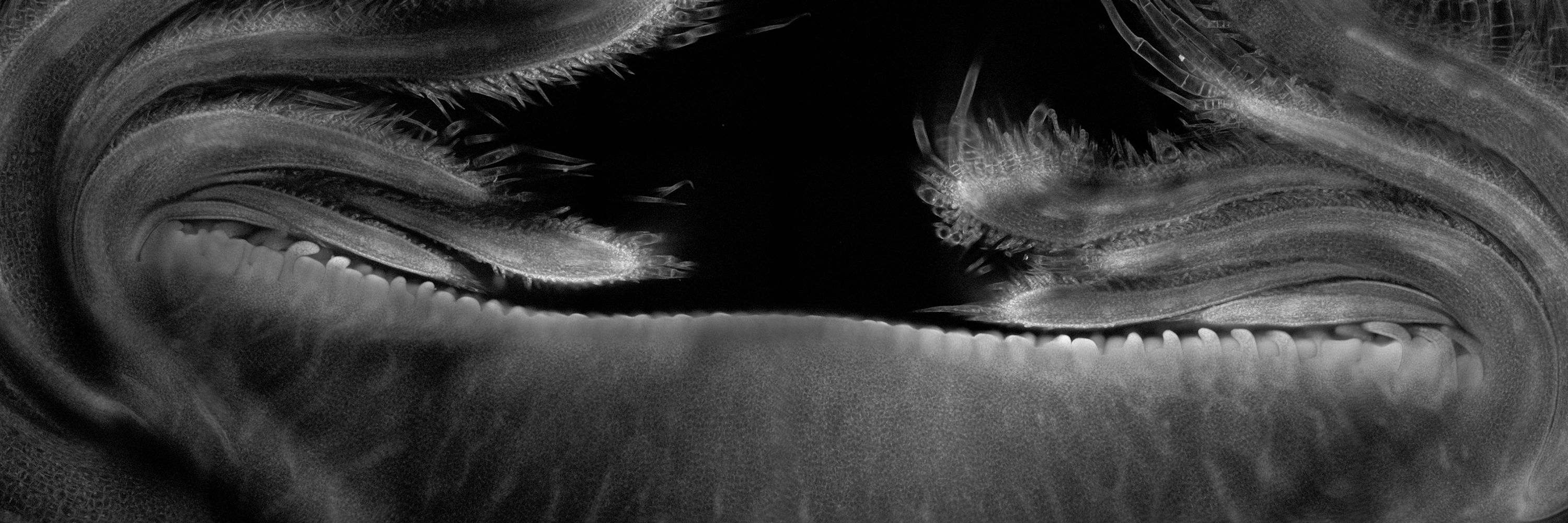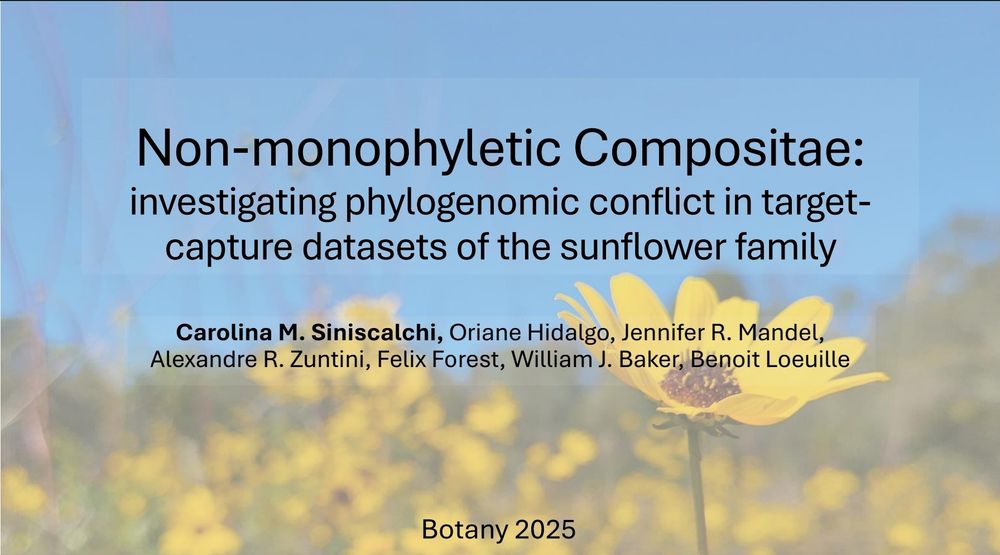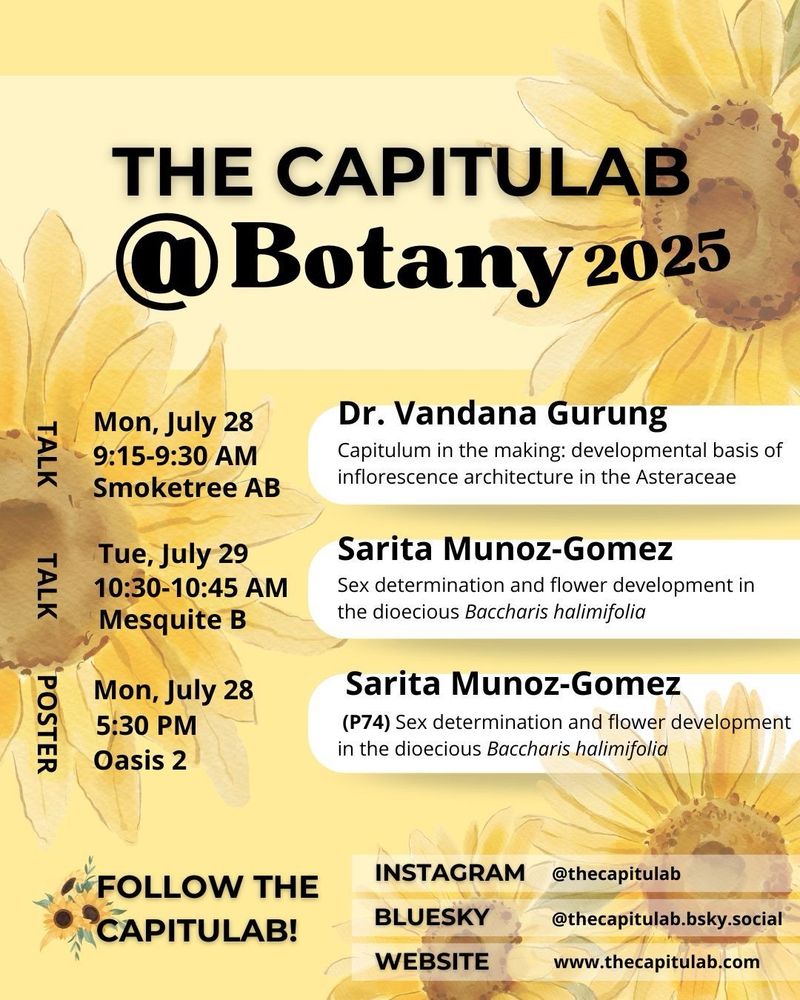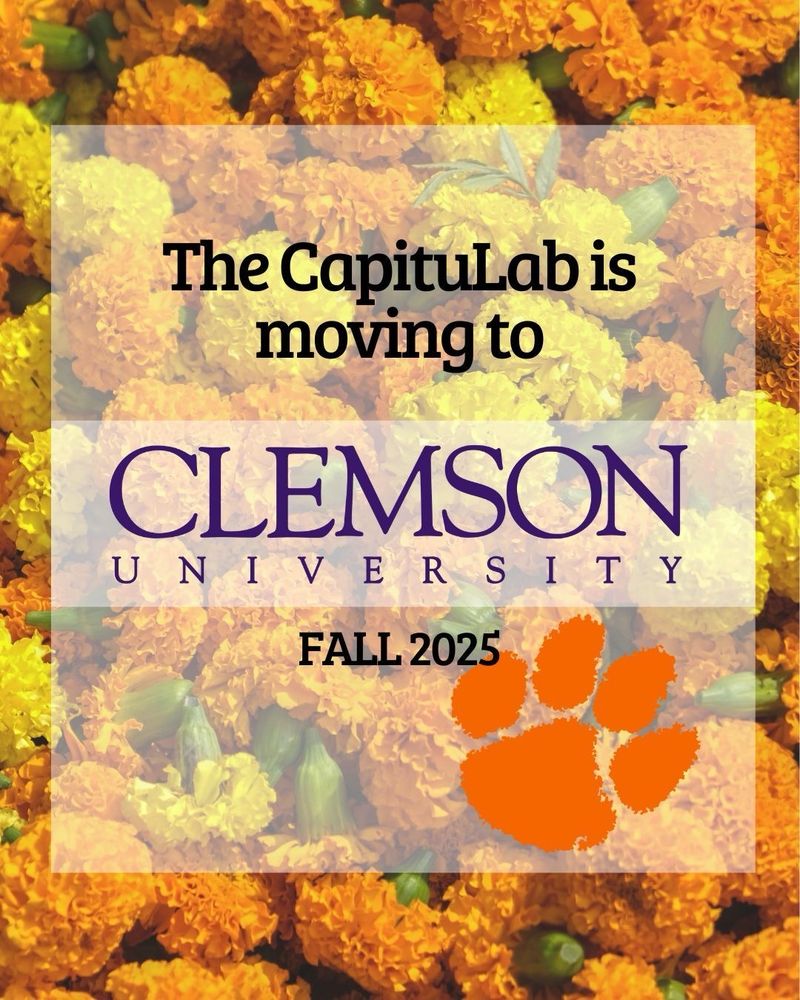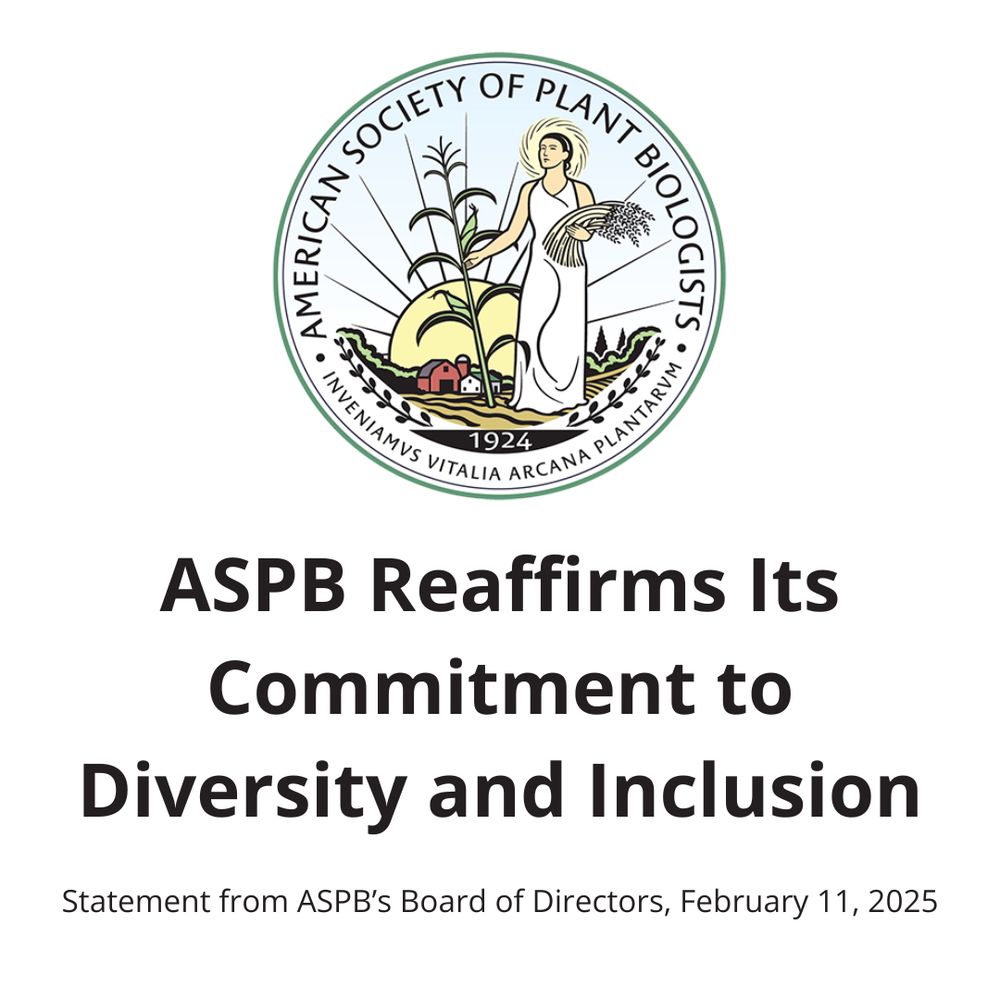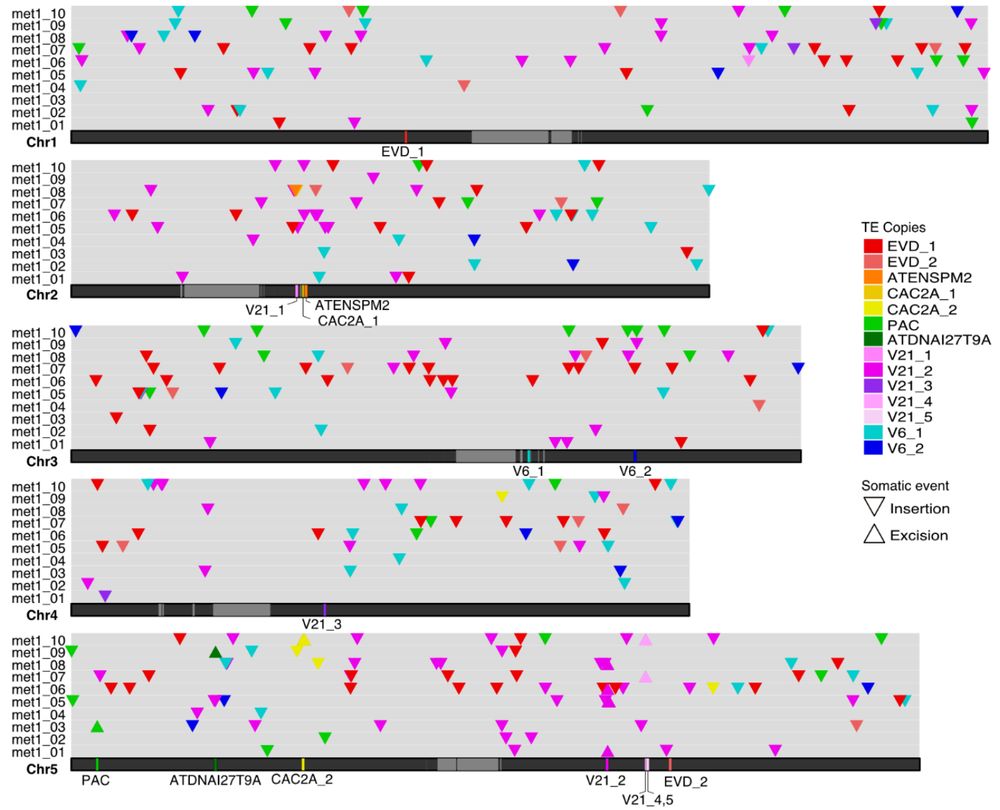The CapituLab
@thecapitulab.bsky.social
270 followers
390 following
17 posts
At Clemson University studying plant development and evolution in the Asteraceae (sunflower family) 🌻🥬
Lab Management: Daniel Jones
Lab Graphics and Media Posts: @saristolochia.bsky.social
www.thecapitulab.com
Posts
Media
Videos
Starter Packs
Reposted by The CapituLab
Reposted by The CapituLab
Reposted by The CapituLab
Reposted by The CapituLab
Reposted by The CapituLab
Reposted by The CapituLab
Reposted by The CapituLab
Reposted by The CapituLab
Reposted by The CapituLab
The CapituLab
@thecapitulab.bsky.social
· Jun 14
Reposted by The CapituLab
Reposted by The CapituLab
Reposted by The CapituLab
Reposted by The CapituLab
Margot Smit
@likeyoda1.bsky.social
· Apr 3
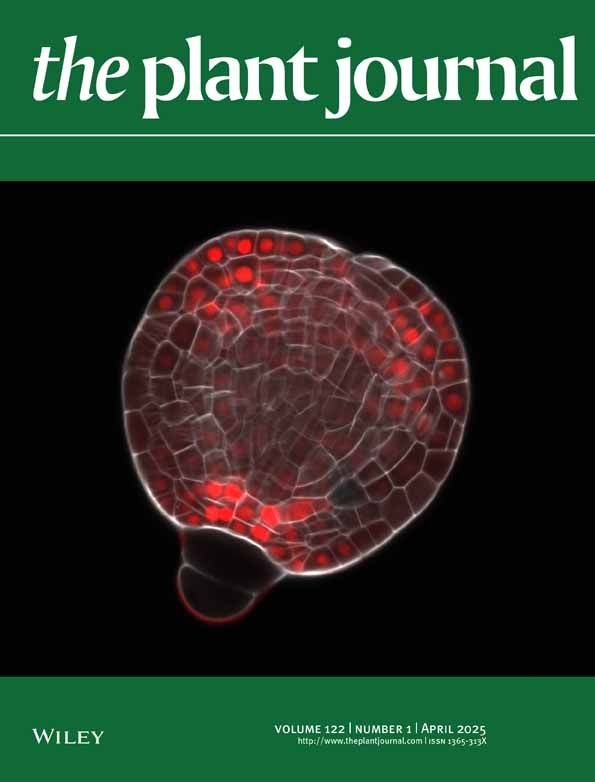
A space for time. Exploring temporal regulation of plant development across spatial scales
Developmental timing in plants is tightly regulated at the whole-organism scale, from germination to flowering. Less is known about when and how local transitions are temporally regulated. Not every ...
onlinelibrary.wiley.com
Reposted by The CapituLab
Reposted by The CapituLab
Reposted by The CapituLab
